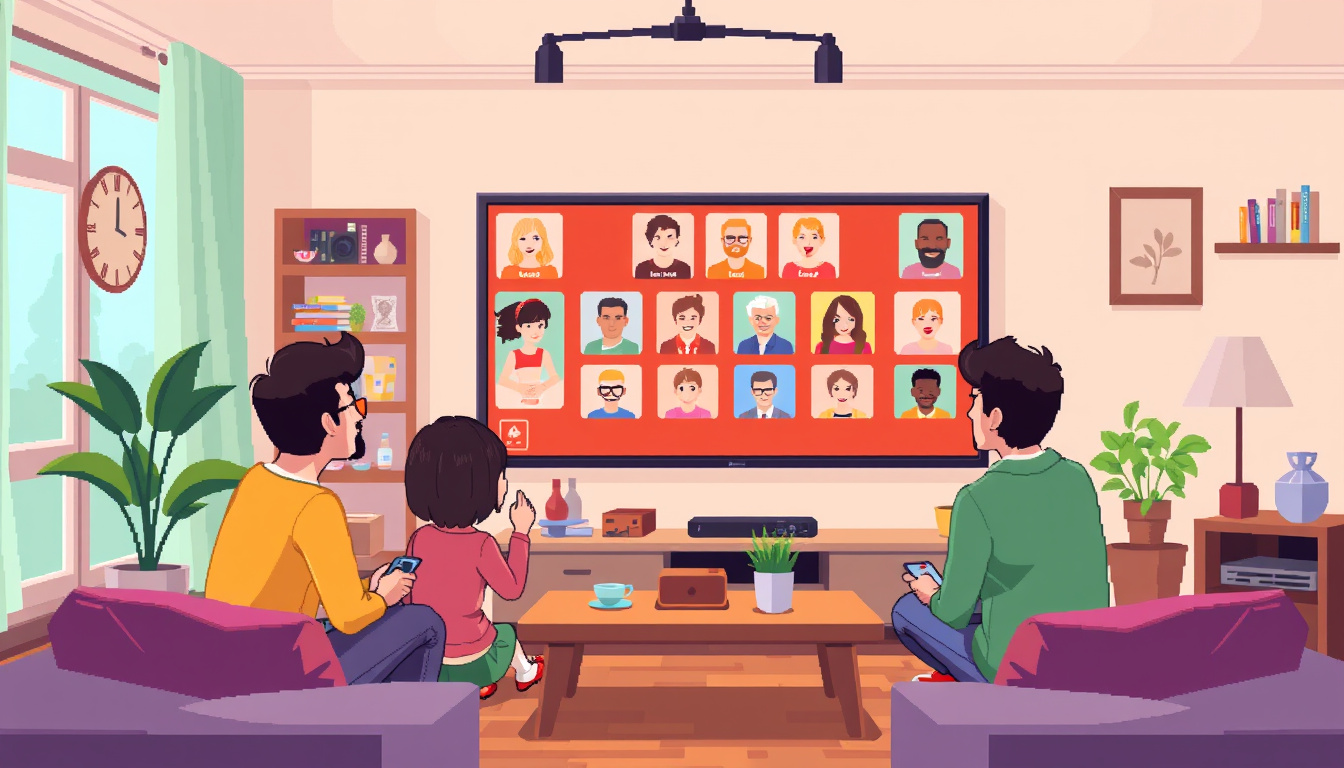Unlocking Shared Spaces: How to Explore Multi-User Profiles for Shared TVs
Today, households share one television. This fact creates a need: each person wants a personal view. Multi-user profiles solve this. They let one family have many small, clear profiles. This guide shows you how to set up and use these profiles on shared TVs. It focuses on smart TV platforms and major streaming apps.
The Importance of Multi-User Profiles
Profiles matter. They let each person keep their own data close. Each profile connects a person directly to their watch history and settings. With a profile, a family member can:
- Personalize Content: The app ties content to past choices.
- Separate Watchlists: Each list stays near its owner.
- Unique Settings: A profile holds a person’s language and paired devices.
Supported Platforms and Setup Instructions
1. Apple TV
Apple TV links many users, but it needs care.
• Each member uses an individual Apple ID. The ID ensures that settings and watchlists stay close to that user.
• To add users, go to Settings > Users & Groups. The device makes this process clear. You can also press the TV button on your remote. This shows the Control Center. There, select Profiles > Add New User.
• These features appear on tvOS 16 or later. Keeping your system updated maintains these links.
Common issues appear. Users report that the Users & Groups setting sometimes hides. Older systems may not show this option. Thus, updating the device keeps the links intact.
2. Roku
Roku also links profiles.
• Each profile ties to its own Roku account. This account pairs with personal content and notifications. Some channels, though, do not link to multiple profiles.
• Switching users is direct. The Roku interface lets account changes by signing out and back in on the chosen channel.
3. Smart TVs
Many smart TVs now connect profiles. This happens via apps.
• Apps like Netflix, Hulu, and Disney+ tie user choices to profiles. Open the app, tap the user icon, then pick Manage Profiles. Each tap adds or edits an account.
• Other streaming apps use similar links, keeping each person close to their own settings.

Best Practices for Shared TV Profiles
Building a strong multi-user space means more than linking profiles. Keep these practices near your routine:
- Educate Users: Explain how each profile works. This close talk prevents mix-ups.
- Disable Shared Recommendations: Some services let you turn off shared histories. This step keeps suggestions near personal taste.
- Regular Maintenance: Encourage each person to clean their watchlists. Removing unwanted items keeps data current.
- Utilize Family Options: Some services share subscriptions while linking individual profiles. This family choice binds separate accounts under one roof.
Conclusion
Multi-user profiles change how families share a TV. Instead of merging settings, each person keeps their choices tight and linked. Whether you use Apple TV, Roku, or streaming apps, personal profiles let every viewer connect closely to what they watch. Shared space does not mean lost identity; it means each profile stands near its owner, making television a group yet individual experience.
